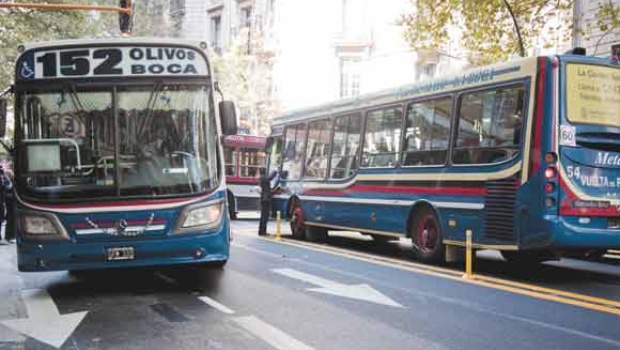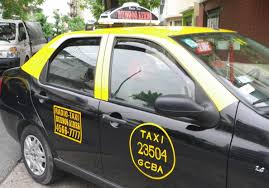After a five-hour car ride, a three-hour plane, and another ten-hour flight to Buenos Aires, I’ve finally made it. As I write this I’m sitting on my apartment balcony with my family’s dog on the eighteenth floor overlooking el Rio de la Plata. On the first day I arrived, I had no idea how to get around the city. Buenos Aires seemed like a maze filled with cafes, bookstores, and fruit stands spilling out onto the sidewalks.
Now, after only three days here, I actually think I’m getting a pretty solid grip on how this whole city moves. The first thing I would suggest that anyone to do would be to learn exactly how the transit system works. This takes a little bit of homework, and it was much clearer to me after I searched a little. I definitely understand it more now. There are four types of transportation that I use in Buenos (five if you include walking). There are the busses (called colectivos), the metro, the subway (subte), and the radio taxis. Each are different, but they all combine to get you from A to B well if you use them right.
 |
| Some colectivos |
The colectivos were the hardest for me to figure out at first. After I researched them, I found out that the bus system in Buenos isn’t actually a public bus system at all. Technically, it’s run by several groups of private bus companies that all use the sube card (city transportation pass). That’s why all of the busses look a little different from each other. There’s no timetable for the buses either. You just find your stop and wait for the bus to arrive, which is really not a problem because they show up pretty much every five minutes. To get the bus to actually stop at the stop you have to raise your arm when you see it coming. A really great app to use to figure out which bus system you should take is called Comollego, which lets you input crossroads you want to go to, and shows you the best way to get there. Omnilineas is also a great website you can use to find bus routes.
The metro is a little bit easier to use than the busses and may be a little faster, but it’s definitely limited to fewer stops. The sube card works at the turnstiles just like it does on the busses, and when you exit it shows you how much money is left on your card. Never put a high amount on your card in case it’s lost or stolen. You can always add more later.
As for the taxis, they’re much much cheaper than in any other city I’ve been to. You just have to be careful which taxi you use. There are taxis all over the city, but the only ones that are the most secure to take are the radio taxis. They have signs on the side and the top that say “radio taxi," and all belong to companies instead of being independently run. They work just like a normal taxi, except that you can call the company if you need to. Simply get in and tell the driver an intersection close to your apartment or even just your address. Never tell them your apartment number or floor though, just to be safe.
 |
| Always look for the square on the back and the sign on top |
The subte (short for subterraneo) is something that I have yet to use. I assume it works similar to the metro, but I’ll have to wait and see when I actually use it. All of this information seems so confusing at first, but it’s only my third day here and I feel like I’ve already got the hang of it. By the end of the week I’ll be a pro at using the city transport. But now, my host dog is demanding pets and I promised her a walk in the park, of which there are hundreds in the city to choose from. Hasta luego.
Teghan Oswald is the Spring 2016 CEA MOJO Blogger in Buenos Aires, Argentina. She is currently a junior at Central Michigan University.







